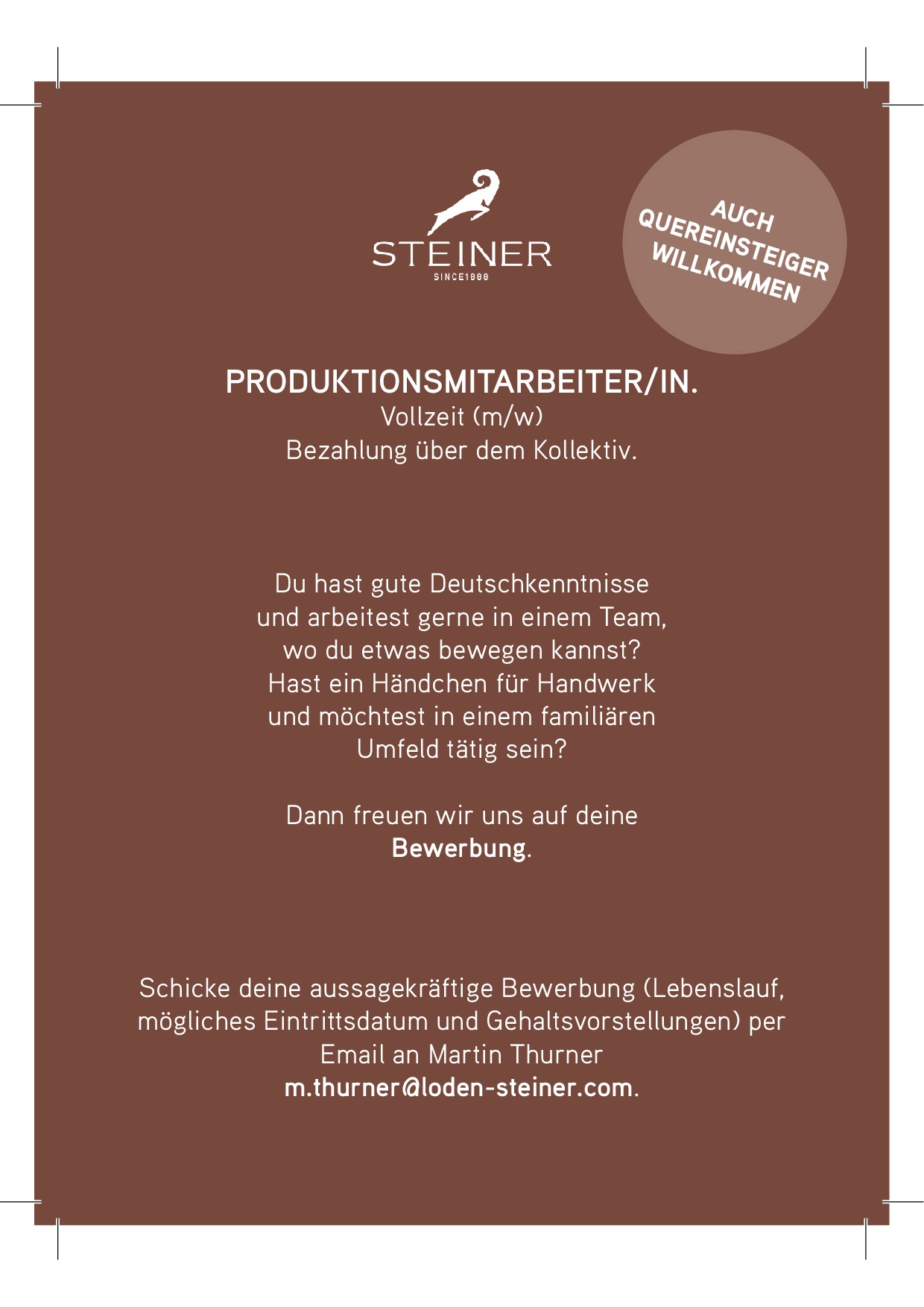If a pure new wool blanket " leaks hair ", it is a sign of the high quality of the products. We do not use chemicals to make the hairs stick. With our alpaca blankets, it can sometimes happen that they lose some hair, especially in the beginning, due to the fine woollen hair structure. Try to remove the top layer with a lint roller. But don't worry: the blanket will never lose so much hair that it is suddenly naked
